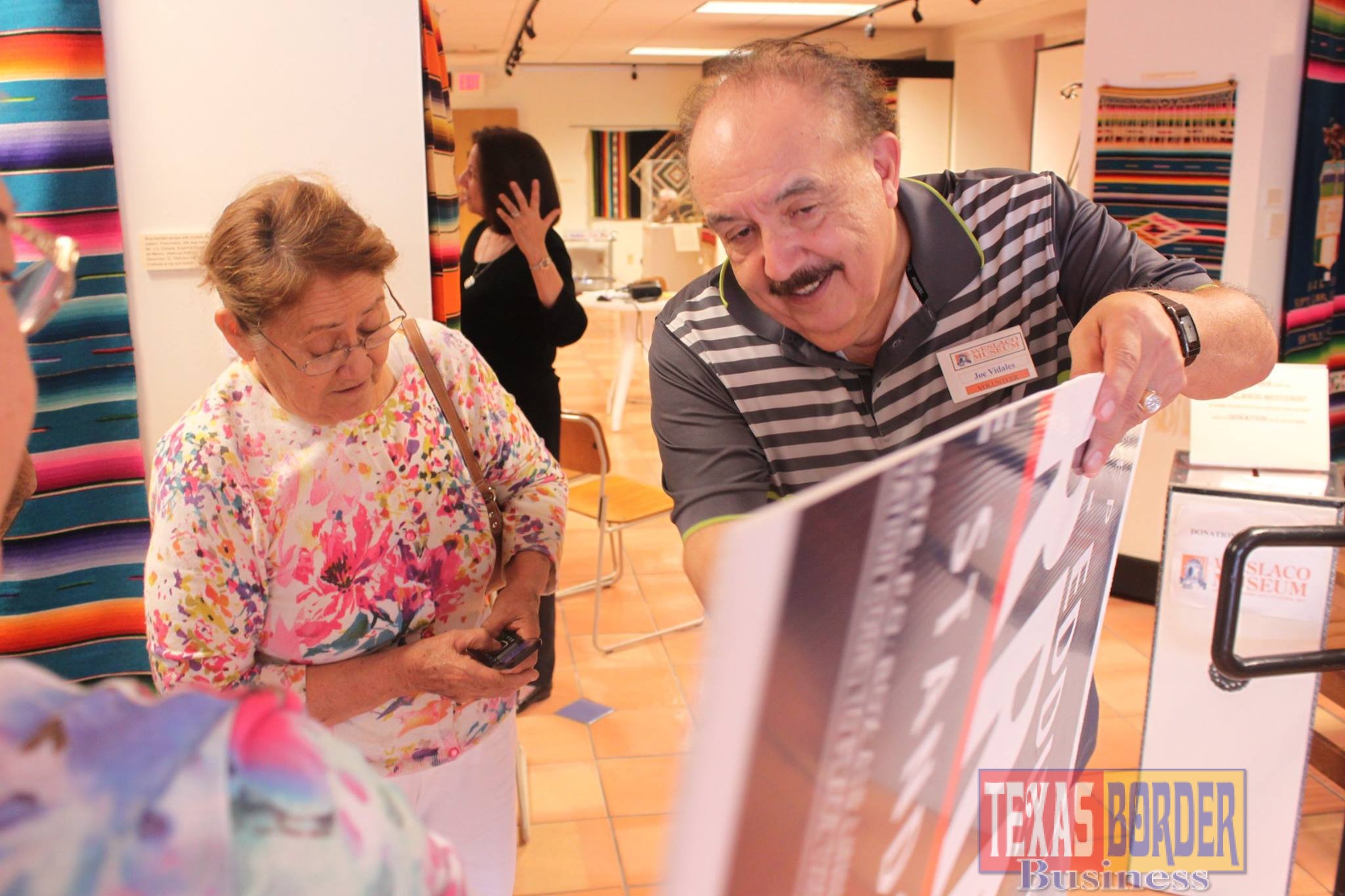
Texas Border Business
Sunday Speaker Series presentation explores the history of Rio Rico
EDINBURG, Texas — January 19, 2016 — The Museum of South Texas History (“MOSTHistory”), a museum chronicling the heritage of South Texas and Northeastern Mexico, welcomes Joe Vidales from the Weslaco Bicultural Museum for a Sunday Speaker Series presentation, “Rio Rico: One town, Two countries and the ‘Lost Americans’” starting at 2 p.m. in the Courtyard Gallery Jan. 31.
The presentation will explore the history of Rio Rico, a city that shares a tumultuous, perplexed identity between the border of South Texas and northeastern Mexico. During the 20th century, several Rio Rico residents were born in the United States, but were soon stripped of their U.S. citizenship and became citizens to the country of Mexico. The Rio Grande Land and Irrigation Company had diverted the Rio Grande (Río Bravo del Norte) in 1906, moving an area of land that included the town of Rio Rico south of the river. The land remained U.S. territory but was eventually ceded to the Mexican state of Tamaulipas through the Boundary Treaty of 1970.
Soon after its separation, this small town entertained people from the U.S. during the Prohibition Era of the 1920s. When alcohol was outlawed in the United States, the B&P Bridge Company built a two-lane suspension bridge from Thayer to the town of Rio Rico, south of Mercedes and east of Nuevo Progreso. A 10-cent bridge toll allowed visitors to a recreational center of gambling and drinking with rumors of connections to organized crime leaders like Al Capone.
Joe Vidales conducted research on Rio Rico at his hometown’s Weslaco Bicultural Museum, where he has served as a volunteer and interim director in the past four years. Learn the history of Rio Rico at the Museum of South Texas History Jan. 31. Sunday Speakers Series is included in the fee of regular museum admission. FRIENDS of the Museum are admitted free as a benefit of FRIENDship.
This program is made possible with generous support from the Carmen C. Guerra Endowment. Mrs. Guerra was deeply committed to supporting educational opportunities in the Rio Grande Valley. This named endowment was created at the museum by her family to honor her memory and to continue her commitment to providing opportunities for education to the community.














